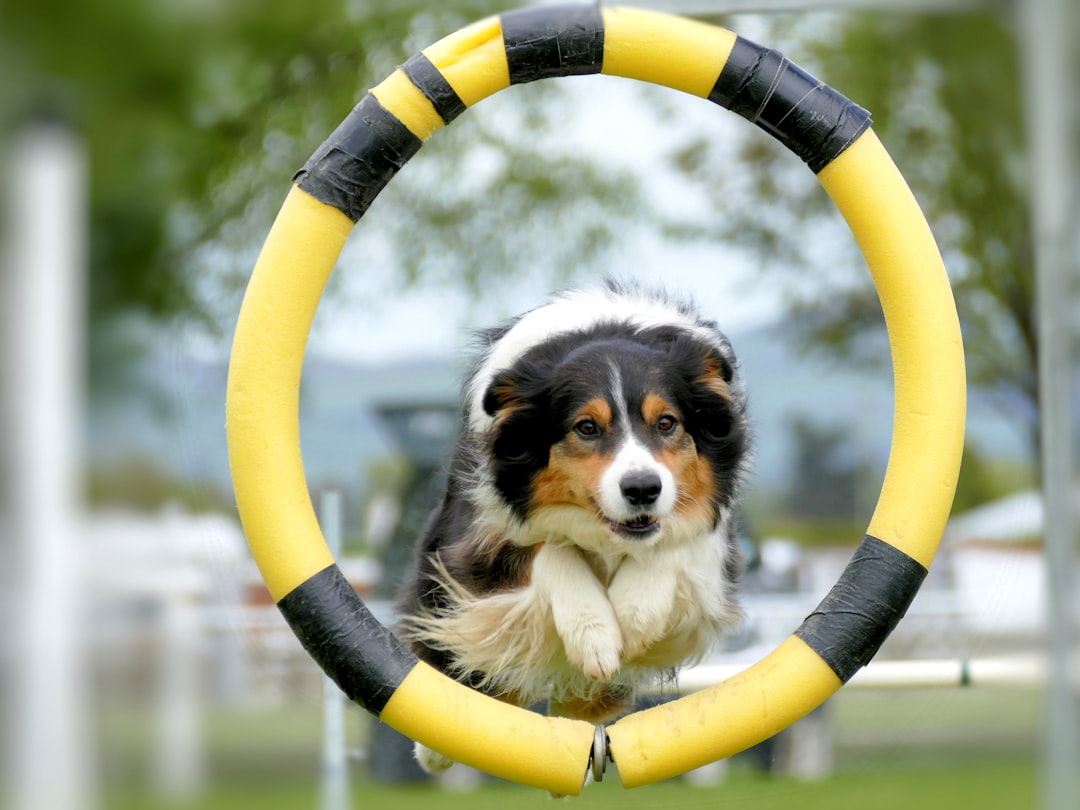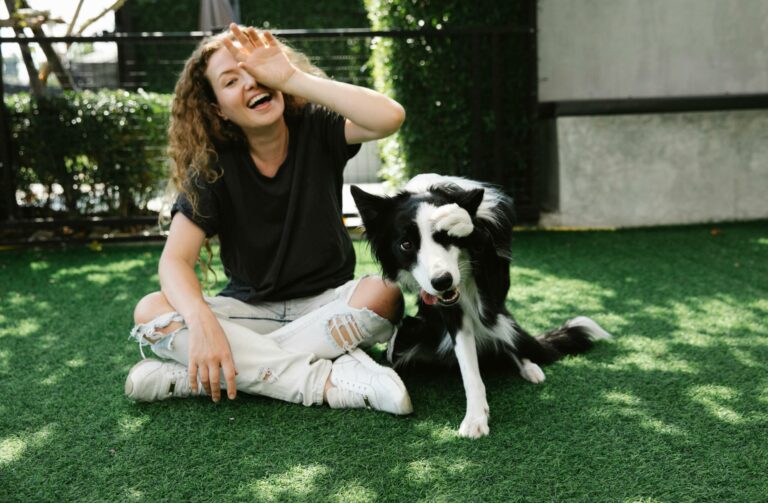Transforming Leash Aggression: Expert Solutions with Off Leash K9 Training
Working with a professional dog trainer can help address leash aggression in dogs through personalized training plans, positive reinforcement techniques, and desensitization exercises, leading to improved behavior and a stronger bond between the owner and the pet.
Understanding Leash Aggression in Dogs
What is Leash Aggression?
Leash aggression is a behavioral issue where dogs exhibit aggressive responses such as pulling, barking, or lunging while on a leash. It often stems from frustration, fear, or a lack of socialization, leading to reactive behavior towards other dogs or stimuli. For example, a dog walking calmly off-leash might suddenly become aggressive when the leash restricts its movements, indicating leash aggression. This type of aggression can significantly impact the quality of walks, making them stressful for both the dog and the owner.
Causes of Leash Aggression
Leash aggression can arise from various factors, including past negative experiences, insufficient socialization, or a general lack of confidence. Environmental triggers such as crowded areas, loud noises, or unexpected movements can exacerbate this issue. Dogs might interpret the leash as a limitation on their freedom, leading to frustration and aggressive behavior. One common scenario involves a dog that reacts aggressively to another dog passing by, a behavior that wouldn’t occur if they weren’t on a leash.
The Role of Professional Dog Trainers
Benefits of Hiring a Professional
Professional dog trainers offer specialized expertise in identifying and addressing the root causes of leash aggression. They can develop customized training plans that cater to the unique needs and behaviors of each dog, ensuring more effective outcomes. For example, a trainer may observe that a dog’s leash aggression is rooted in fear and tailor their approach to build confidence while gradually exposing the dog to its triggers in a controlled setting.
Training Techniques
Professionals often employ positive reinforcement and behavior modification techniques to manage leash aggression. Counter-conditioning and desensitization are crucial in altering the dog’s negative perceptions associated with the leash or other triggers. Trainers might also teach dogs alternative behaviors to focus on during walks, such as looking at the owner instead of other dogs, to prevent aggressive reactions.
The Importance of Consistency and Positive Reinforcement
Implementing Consistent Training Practices
Consistency is key in reinforcing new behaviors and ensuring dogs remain responsive to commands under different circumstances. Regular, predictable training sessions help reinforce the desired behaviors, making the dog more likely to react calmly on the leash. Positive reinforcement , such as treats or praise, strengthens these behaviors and supports a more enjoyable learning experience for the dog.
Positive Reinforcement Strategies
Using positive reinforcement not only improves the dog’s obedience but also enhances their overall confidence and reduces stress associated with training. High-value rewards, specific to the dog’s preferences, can significantly increase their motivation to participate in training activities. Celebrating incremental progress reinforces positive associations with training and encourages ongoing improvement.
Desensitization Techniques
Gradual Exposure to Triggers
Desensitization involves slowly introducing the dog to the triggers of their leash aggression in a controlled manner. This might include playing recordings of other dogs barking at a low volume or practicing walks in a quiet, enclosed area. As the dog becomes more accustomed to these stimuli without reacting aggressively, the intensity of exposure can be gradually increased. The Engage/Disengage game, where the dog is taught to look at the owner for guidance instead of reacting to the trigger, is an excellent example of a desensitization technique.
Case Studies and Success Stories
Transformation Stories
Many dogs have overcome leash aggression through tailored training programs that combine positive reinforcement, desensitization, and counter-conditioning. One notable success story involves a dog that would previously lunge at every passerby but learned to remain calm and focused on walks, thanks to consistent training and support from a professional trainer. These stories serve as powerful motivation for owners facing similar challenges with their pets.
Choosing the Right Training Program
Why Off Leash K9 Training of Charlottesville?
Off Leash K9 Training of Charlottesville stands out for its successful track record in addressing leash aggression and other behavioral issues. Their trainers, experienced in various backgrounds, including military and veterinary fields, employ a balanced approach that emphasizes positive reinforcement and obedience training. Clients have reported significant improvements in their dogs’ behavior, leading to stronger relationships between pets and owners.
How to Get Started
To tackle leash aggression and improve your dog’s behavior, contacting Off Leash K9 Training of Charlottesville is a great first step. They offer a range of training programs and resources designed to meet the needs of any dog. Starting with a consultation can set the foundation for a transformative journey, enhancing the well-being and harmony of your relationship with your dog.
Seeking professional help for leash aggression can lead to a happier, more relaxed walking experience for both you and your dog, paving the way for more enjoyable and stress-free outings.














